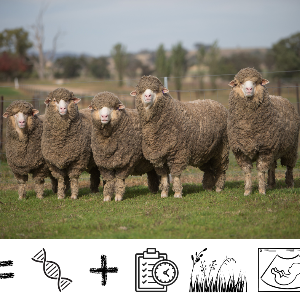Mastering Sheep Breeding Values and Selection Indexes
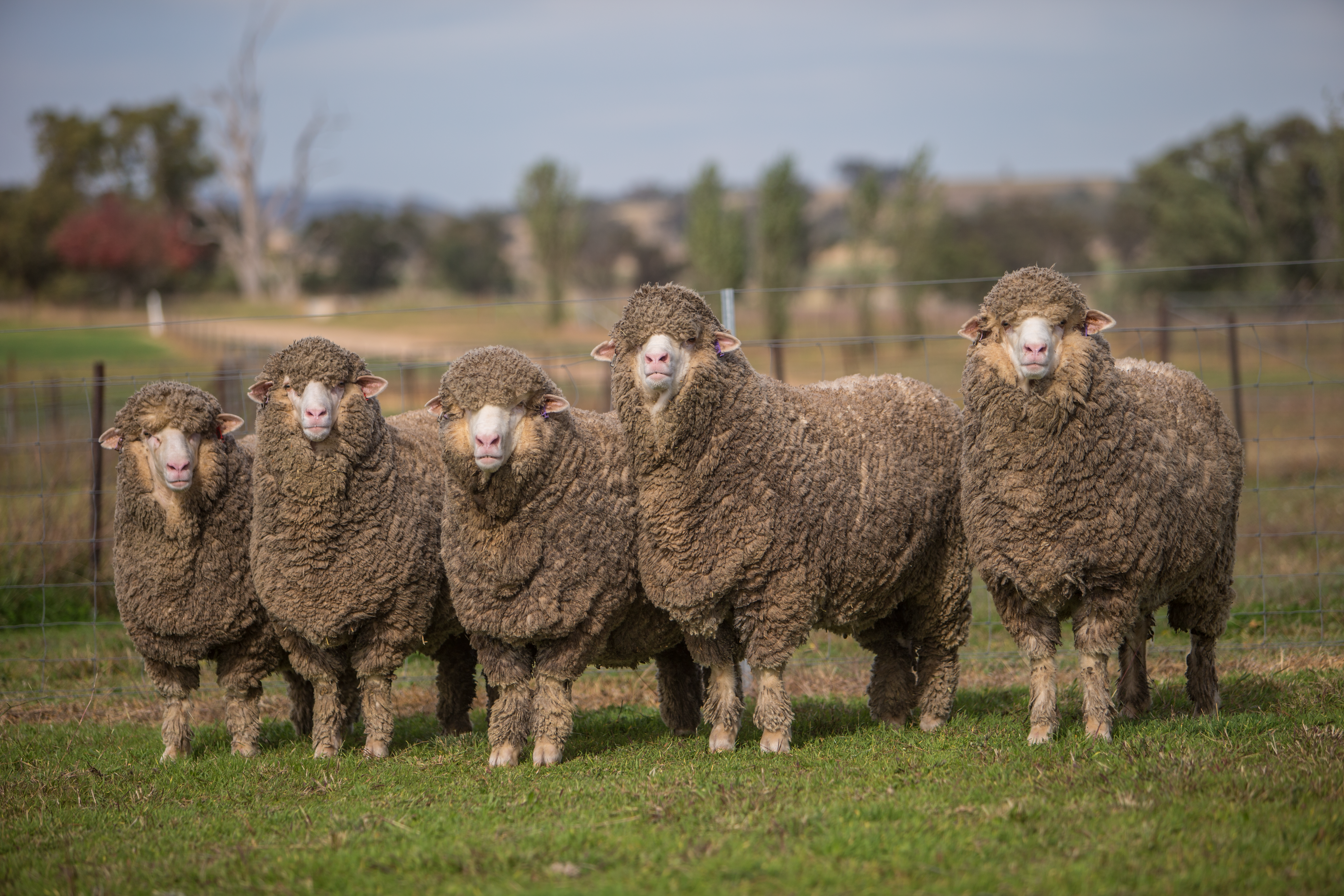
Getting started with ASBVs and Selection Indexes can help woolgrowers make faster, smarter breeding decisions and improve flock profitability. It’s not just about chasing numbers — understanding an animal’s genetic merit helps you select sheep that fit your system and drive profit. This article breaks down the basics, including how ASBVs work, what Selection Indexes do and practical steps stud and commercial breeders are taking to make these tools work for you.
Getting your head around Australian Sheep Breeding Values (ASBVs) and Selection Indexes might feel daunting at first, but these tools are quickly becoming essential for woolgrowers who want to boost genetic gain, stay competitive and future-proof their flock.
With ram buying season in full swing, now is the perfect time to sharpen your understanding of ASBVs and Selection Indexes before heading to sales.
A recent AWI Extension WA webinar with livestock consultant Dr Amy Lockwood (AWI Extension WA & neXtgen Agri) and stud breeder Brett Jones of Ejanding Stud, made the message clear: it’s not about chasing numbers. It’s about making faster, more informed breeding decisions that lead to better sheep — and a stronger bottom line. You can watch the full webinar here.
Why Bother with ASBVs and Selection Indexes?
Every sheep enterprise lives or dies by key profit drivers: meeting market specs for wool, reproductive performance and wool and meat production. While visual assessment is valuable, it only shows what an animal looks like in a certain season or environment. A twin raised on limited feed will look different to its single-born sibling — but they may carry the same genetic potential.
That’s where ASBVs come in. They strip out environmental effects and reveal the animal’s true genetic merit — the bit that actually gets passed on to the next generation.
What ASBVs and Selection Indexes give you:
- Faster genetic progress – select with greater accuracy and achieve bigger gains more quickly
- Sheep fit for your system – breed animals matched to your environment, management and markets
- Improved profitability – focus on the traits that make the biggest difference to your bottom line
Where ASBVs Fit: Key Breeding Concepts
When considering ASBVs, it helps to understand a few building blocks of sheep breeding to help woolgrowers refine their selection and management decisions:
- Heritability – how much of a trait is controlled by genetics (and can be passed on) versus the environment. For example, a trait with high heritability includes fibre diameter, which is 60% due to genetics and 40% the environment. Fleece weight has a moderate heritability which is 35% due to genetics. Whereas reproductive traits typically have low heritability, for example, weaning rate is 95% due to the environmental factors and 5% due to genetics.
- Genetic variation – progress is only possible if there’s variation in the trait within your flock or the wider population. If every animal was identical, you’d have nothing to select for. The greater the variation, the easier it is to identify the top animals for breeding and to cull the lower genetic merit animals, which speeds up genetic gain
- Genetic correlations – some traits are linked, which means that changing one trait will change the other - the strength of correlation and impact can vary. Improving one trait may push another in the wrong direction (for example, increasing fleece weight can also increase fibre diameter). Or the traits can also be favourably correlated e.g., increased carcase muscling will increase reproductive rate. Although you can improve a trait indirectly by focusing on a correlated trait, you will have both greater and faster outcomes if you focus directly on the trait you are interested in rather than relying on the correlation. This is why Indexes are so valuable — they help balance these trade-offs
Good management and husbandry remain vital. For traits with lower heritability (like reproduction), providing the right environment ensures animals can express their genetic potential and allows you to make meaningful progress.
ASBVs Made Simple
ASBVs don’t replace visual assessment — they back it up with hard data. Each ASBV is a prediction of genetic merit for a trait, based on:
- The animal’s own records
- Information from relatives, including parents, siblings and progeny in the Sheep Genetics database
- Pedigree and DNA test results
ASBVs account for environmental effects which contribute to the animal’s phenotype, which allows sheep to be compared across flocks based on the genes they will pass on to their progeny.
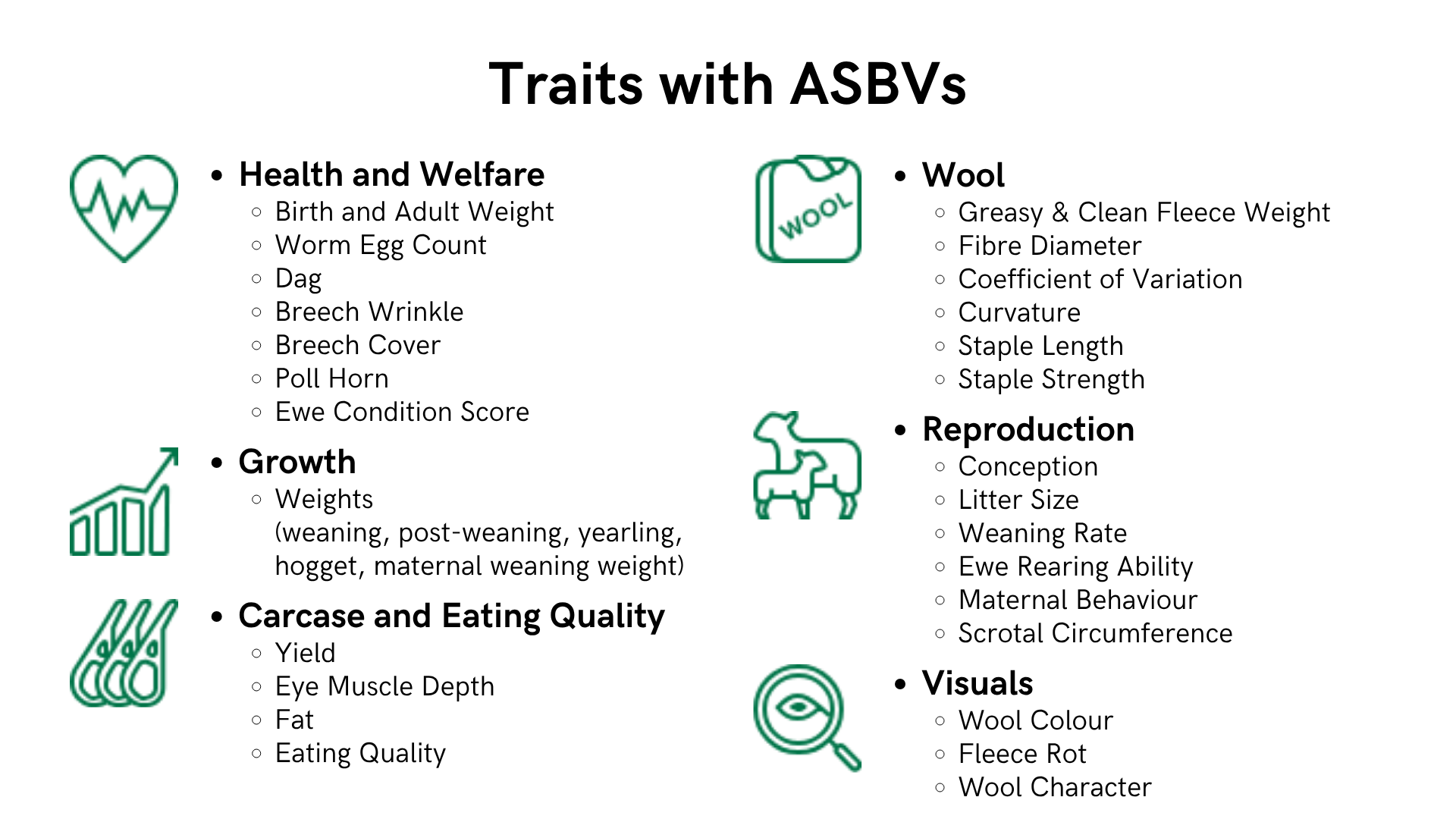
Decoding an ASBV
When you see ASBVs in a sale catalogue or on the pen card at a ram sale, look for four things:
- Age stage – The first letter is the age state. e.g., B = Birth, W = Weaning (1 to 5 months), P = Post-weaning (5 to 10 months), Y = Yearling (10 to 15 months), H = Hogget (15 to 22 months) and A = Adult (+22 months).
- Trait Name –The trait is expressed as an abbreviation of the trait name, e.g., PWT = Post-weaning weight
- ASBV Value – the genetic prediction - this can be positive or negative deviations from the average of that year's drop. A ram with a PWT of +10.2 will sire lambs averaging 5.1 kg heavier at that age than progeny of a ram with a PWT of 0. Remember, rams pass on half the genetics
- Bigger isn’t always better: for worm egg count (WEC), a more negative number means stronger worm resistance
- Accuracy (%) – how reliable the figure is and how much information was available for the trait. Higher accuracy = less chance it will change as more data comes in and the closer the ASBV is to the animal's true breeding value.
Percentile Bands
Sheep Genetics also publishes percentile tables showing where an animal sits in the current year drop. A ram in the 5th percentile is in the top 5% of the industry for that trait. Whereas a ram in the 95th percentile is in the bottom 5% for that trait.
Breaking Down Selection Indexes
Looking at a dozen ASBVs at once can be overwhelming when making a selection decision. Selection Indexes do the work for you by combining them into a single figure, helping you rank animals for overall profitability within a defined production system.
For Merinos, the main industry indexes are:
- Fine Wool Index (FW): To support breeding for finer wool. Prioritises fine fibre diameter and increased fleece weight
- Wool Production Index (WP): Supports increased wool production. Drives fleece weight and staple strength
- Sustainable Merino Index (SM): a balanced option covering wool, growth, fertility, carcase and wrinkle
- Merino Lamb Index (ML): wool, meat and prime lamb production focus
As Brett Jones puts it in the recent webinar on ASBVs and Selection Indexes: “Think of the Index as your drafting gate — it gets the mob down to a manageable group before you look closer at individual traits.”
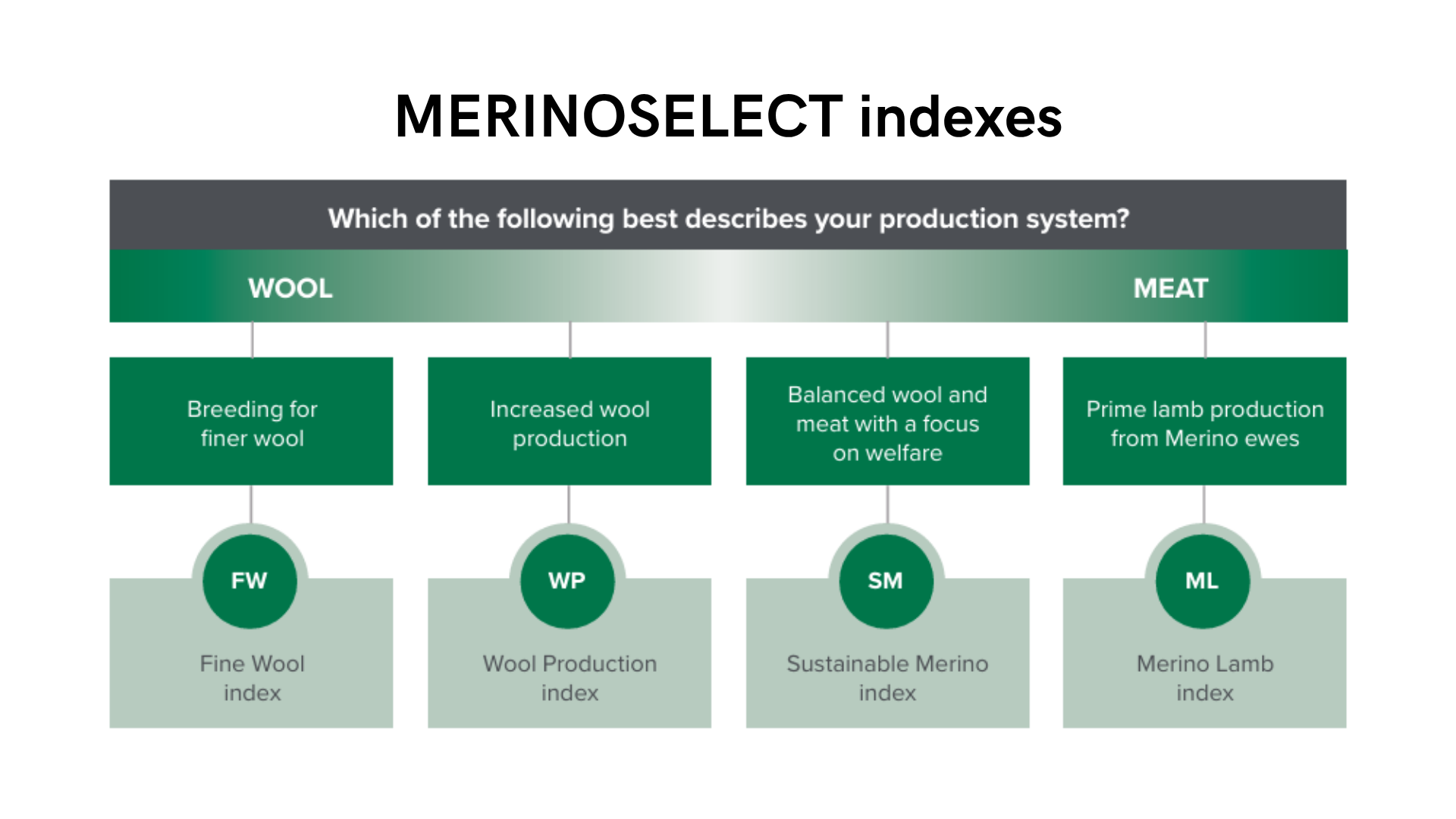
Source: Sheep Genetics
A Practical Breeding Strategy
Brett’s on-farm approach shows how to use these tools without getting lost in the numbers:
- Set your breeding objective. Decide what you want to achieve in the next 5–10 years — whether that’s lower micron, higher growth, or more fertility. If you’re unsure where your flock sits, a flock profile test is a great starting point
- Use the Index as a first draft. Rank sale rams by the index that best matches your production system. This gives you a shortlist of the most profitable options
- Check individual ASBVs. Refine your draft list by looking at the key traits driving your breeding goal. For example, if worm resistance matters, avoid rams with high (unfavourable) WEC values
- Finish with visual assessment. Finally, inspect rams for structure, wool type and overall soundness before you buy
Brett Jones also highlighted the importance of measurement and data submission. Each year, he records detailed performance information for his stud sheep and submits it to Sheep Genetics. This not only improves the accuracy of his ASBVs but also allows him to track genetic trends in his flock over time.
By setting specific targets for key productivity traits — like fleece weight, fibre diameter, or worm resistance — Brett can measure whether his breeding program is moving in the right direction and adjust as needed. “Without recording data, you don’t know if you’re actually making progress. Submitting data gives you the proof,” he explained.
The Genomics Advantage
DNA testing by Merino breeders is adding another layer of confidence to ASBVs and Selection Indexes. By feeding this genomic data into the ASBV system, accuracy improves — especially for young animals. It also opens the door to selecting for traits that are hard to measure, like eating quality.
“We aim to have a moderate increase in yearling clean fleece weight, an increasing adult clean fleece weight, a moderate increase in yearling weight with a capped adult weight and we're attempting to keep fibre diameter stable at about 18.5 microns”, Brett explains. Brett went on to say that they also want to increase eye muscle diameter and intramuscular fat over 10 years and reduce wrinkle to breed a more balanced animal.
Brett explains, he uses genomics to keep tabs on intramuscular fat and shear force: “While I push for higher growth Merino sheep now while capping adult weight, we know that if we get them growing really fast that can be negatively corelated with eating quality, but with genomics we can keep an eye on intramuscula fat and shear force to keep tabs on that more easily.”
Key Takeaways for Woolgrowers
- Have a clear plan – set a breeding objective and stick with it long enough to see results
- Use all the tools – combine ASBVs, indexes and visual appraisal
- Focus on profit traits – start with three or four key drivers for your business
- Look for curve benders – rare animals that break the usual trade-offs, e.g., higher fleece weight and finer fibre. These sheep can accelerate progress
Getting started with ASBVs and Selection Indexes doesn’t mean becoming an expert overnight. It’s about being informed and proactive. As Brett sums it up: “Decide what you want, understand what you’ve got at home — simple as that.”
The sooner you start using ASBVs and Indexes, the sooner your flock and your bottom line will show the benefits.
For more information, check out the following:
- Making Sense of ASBVs & Selection Indexes webinar - AWI Extension WA
- Making More From Sheep - Module 9 Boost Business With Breeding - AWI & MLA
- Sheep Genetics ASBV & Index Guides - Sheep Genetics
Georgia Pugh, AWI Extension WA





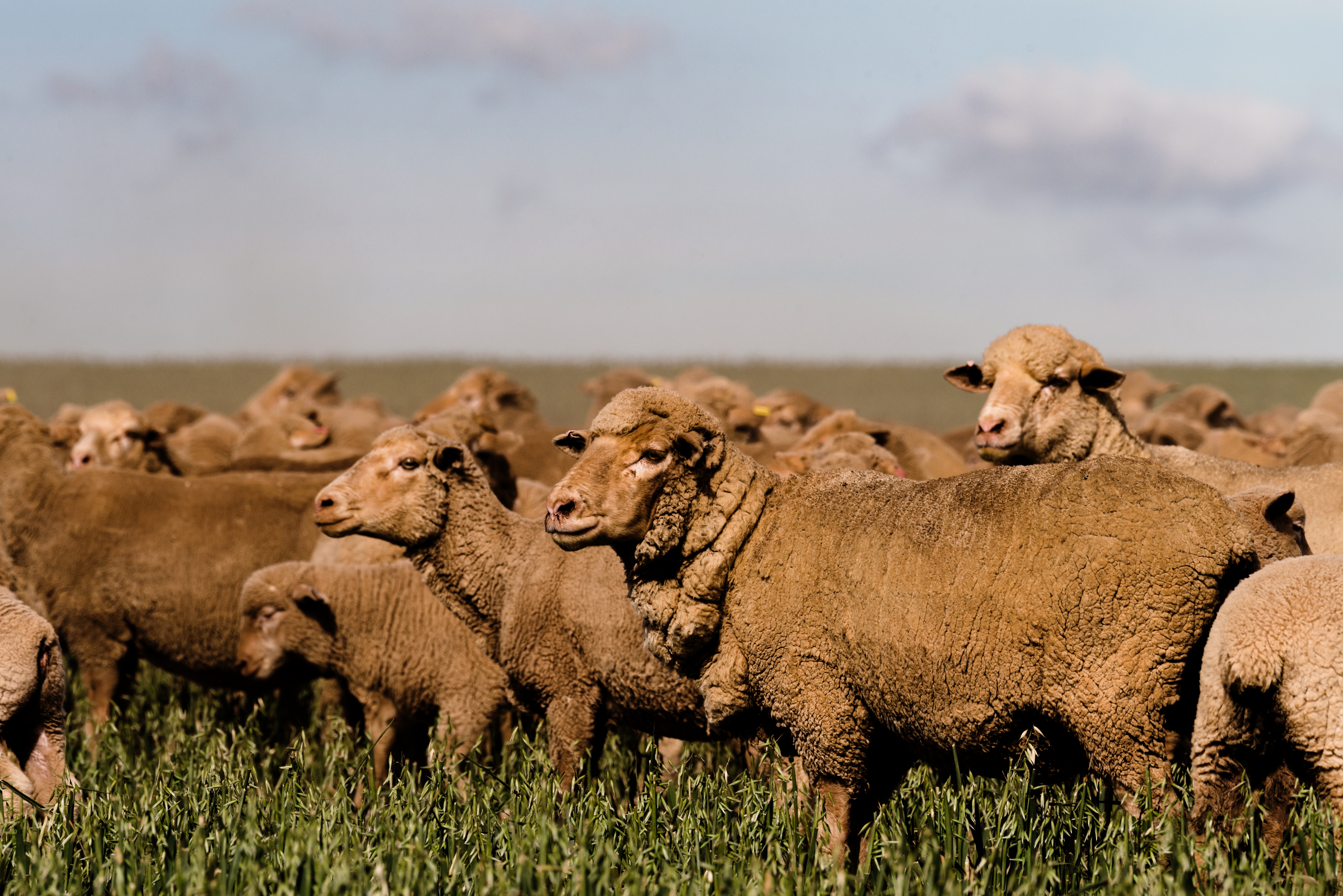
.png/Zz0yM2JiZjM5ODBlYmMxMWYwOTU5YTYyNTc0YTA0ZjBjZQ==)
